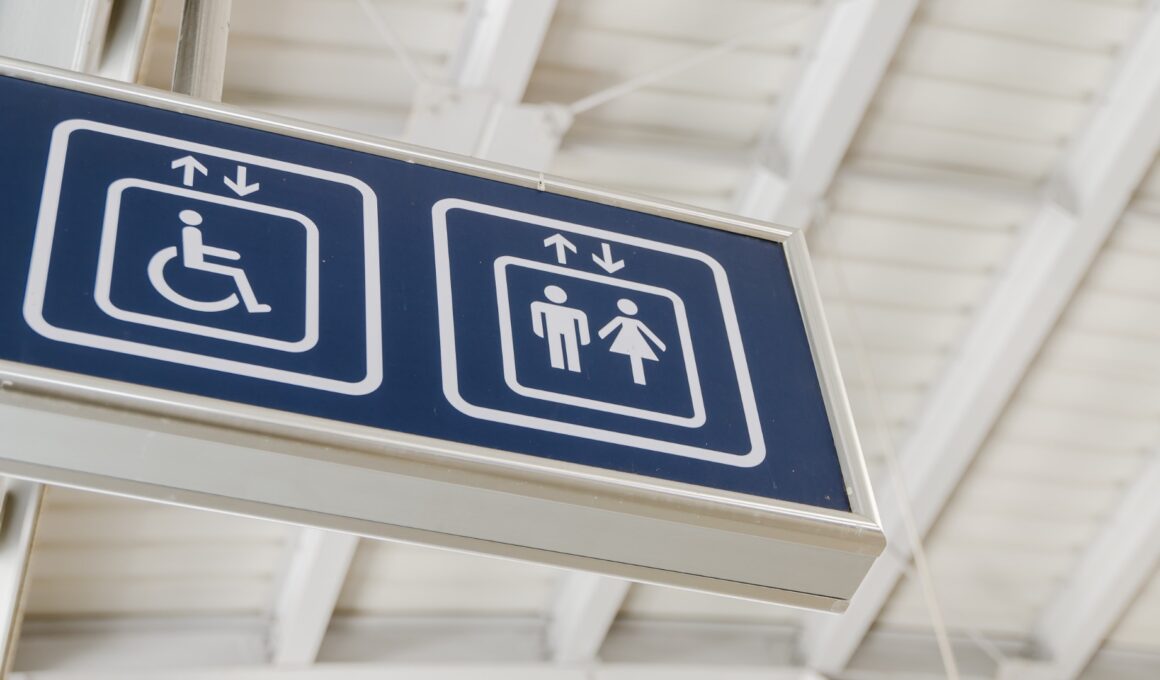When you were younger and you still went to public toilets with your parents (I’m assuming that doesn’t happen anymore, but I try not to judge), there’s a good chance that you will have first gone through a ritual of wiping down the seat with loo paper. Since then, you might have maintained the habit – perhaps even creating a little cover for the toilet seat out of torn off strips of loo paper, or at least just hovering over the toilet to avoid actually coming into contact with the seat.
This is one of those things you do because ‘you always have’, but is it actually logical? Does it actually help protect your health at all?
The Science
Here’s a clue: your chopping board that you use to cut up vegetables, actually has more than 200x the amount of faecal matter on it than the average toilet seat. That’s not just bacteria, that’s particles of faeces…
In terms of bacteria, a good example is your kitchen sponge. This has 200,000x the amount of bacteria when compared with the toilet seat.
Your skin is very good at protecting you from bacteria and provides a barrier that prevents most bacteria from getting in. Otherwise we’d be ill all the time. The bacteria that is found on the toilet seat is generally made up of common skin microbes – meaning that they won’t be much threat to you because chances are they’re already on you.
Flushing the toilet will aerosolise most of what’s in the toilet anyway, meaning that the whole room is probably scattered with bacteria and faecal matter. Even the toilet paper you’re so diligently wiping with!
The Only Danger
The only risk that can really come from sitting on a toilet seat is getting e-coli. E-coli can live on a toilet seat indefinitely and while it can’t get in through your skin, it could present a problem if you have an open sore or wound of some kind in which case it could cause an infection. The same is true for the staff virus which can survive for a while. If you have a cut on your buttocks then, you’d do well to hover or avoid public toilets altogether. A plaster would also do the trick though.
The other possible risk would come from licking the toilet seat, which would give the bacteria a direct route to get into your system.
Now you’re unlikely to do this, but what you may do is to close the toilet seat and then later touch your face which is actually a more common cause of infection. So making sure you wash your hands is important, but note that you still will probably get bacteria on your hands when you turn off the tap and when you touch the door handle. If you’re really concerned then the best way to protect your hygiene is to carry antibacterial wipes and use those occasionally.
But to be honest, a little bacteria getting on your hands is inevitable and actually useful for your body as it lets you strengthen your immune system. So don’t sweat it too much!





The hepatitis B virus can remain viable and infectious on porcelain surfaces for up to five days – not to mention the fecal matter and, for women, blood that is often on the toilet seat in microscopic trace as well.
For god's sake don't just sit on the seat.